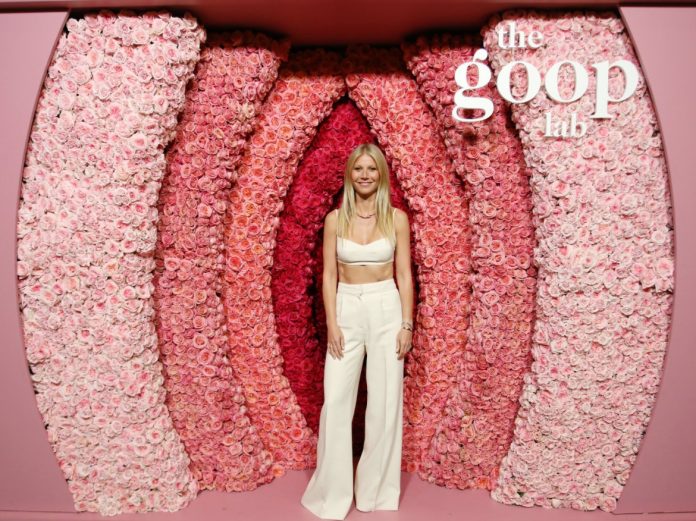When Gwyneth Paltrow launched her company in 2011, wellness was hardly a known term – to the masses at least. As a result, Goop launched without too much of an impact, primarily to serve its audience of, largely, American women with six-figure income. The consensus was that it was just another celebrity business venture that would likely crash out within a couple of years.
By 2016, Goop had proved it’s critics wrong, and had maybe even turned them into followers (turns out critical thinking can be resolved with some breathwork). Paltrow’s former kitchen bench-made newsletter had reportedly tripled its revenue between 2015 and 2016, and in the age of Instagram and wellbeing, was thriving. In the last four years alone, Goop has launched six brands and product lines, marketing everything from gluten-free vitamins to table runners. Tickets to last year’s Goop Wellness Summit (the first of which was held in 2017) started at AUD $1,484.
Clearly, Paltrow had either knowingly or unknowingly had her manicured finger on the pulse of the wellness trend since its infancy. The wellness industry grew a massive 12.7% (to US $4.27 trillion) from 2015 to 2017, which gives you an idea of how Goop, as one of the original wellness sites, has been able to expand so rapidly. But moving from emailing out a banana-nut muffin recipe to becoming a company worth US $250 million doesn’t come without challenges, especially in an industry that requires constant innovation.
While Goop could certainly be considered new-age and inventive, fact is evidently not their forte. However, despite all of Goop’s false claims – most famously about what jade eggs and steaming could do to your vagina – the company has continued to thrive and look to the future, with the recently released ‘The Goop Lab’ Netflix series reeling in a wider audience looking to decipher how Goop’s enthusiasm for pseudoscience continues to make them a leader of the wellness zeitgeist.
But that seems to be exactly how Goop continues to grow. While retaining their original audience of Paltrow-admirers who’d take word-for-word any advice her glowing, lean and wrinkle-free façade gave them, Goop’s content capitalises on our wonder at just how on Earth the techniques, products and programs could help us feel better. There’s a part of all of us that wants to believe something that crazy and outlandish could work. Will this crystal help me feel more masculine? Will this foam roller get rid of my cellulite? Will this lightbulb help me feel less tired?
Even when we’re looking at what exactly Goop’s put out that has caused the latest lot of outrage, Gwyneth knows that she can capitalise on our curiosity – in her words, she can “monetise [our] eyeballs.” So if you’re in the right mood when you visit their site, maybe you will buy that Ayurverdic herb to help you stress less, or even an entire five day-worth pre-prepped (and mostly liquid) fast to reset your body (coincidentally, as tested in an episode of “The Goop Lab”).
At the end of the day, science and fact will always prevent Goop from conning us into testing out the craziest of claims within their ‘modern lifestyle’ bandwagon. But when we’re using AUD $72 pillow sprays from Goop to fall asleep, we have to acknowledge that their will-it won’t-it strategy has won over the part of us that just wants to feel better.


![5 Reasons You Should Travel Alone Airplane [image source: chau nguyen/ http://thedevilhatessweatpants.blogspot.com.au ], crowd ink, crowdink, crowdink.com, crowdink.com.au](https://crowdink.com/wp-content/uploads/2016/08/Chau-airplane-218x150.jpg)





























